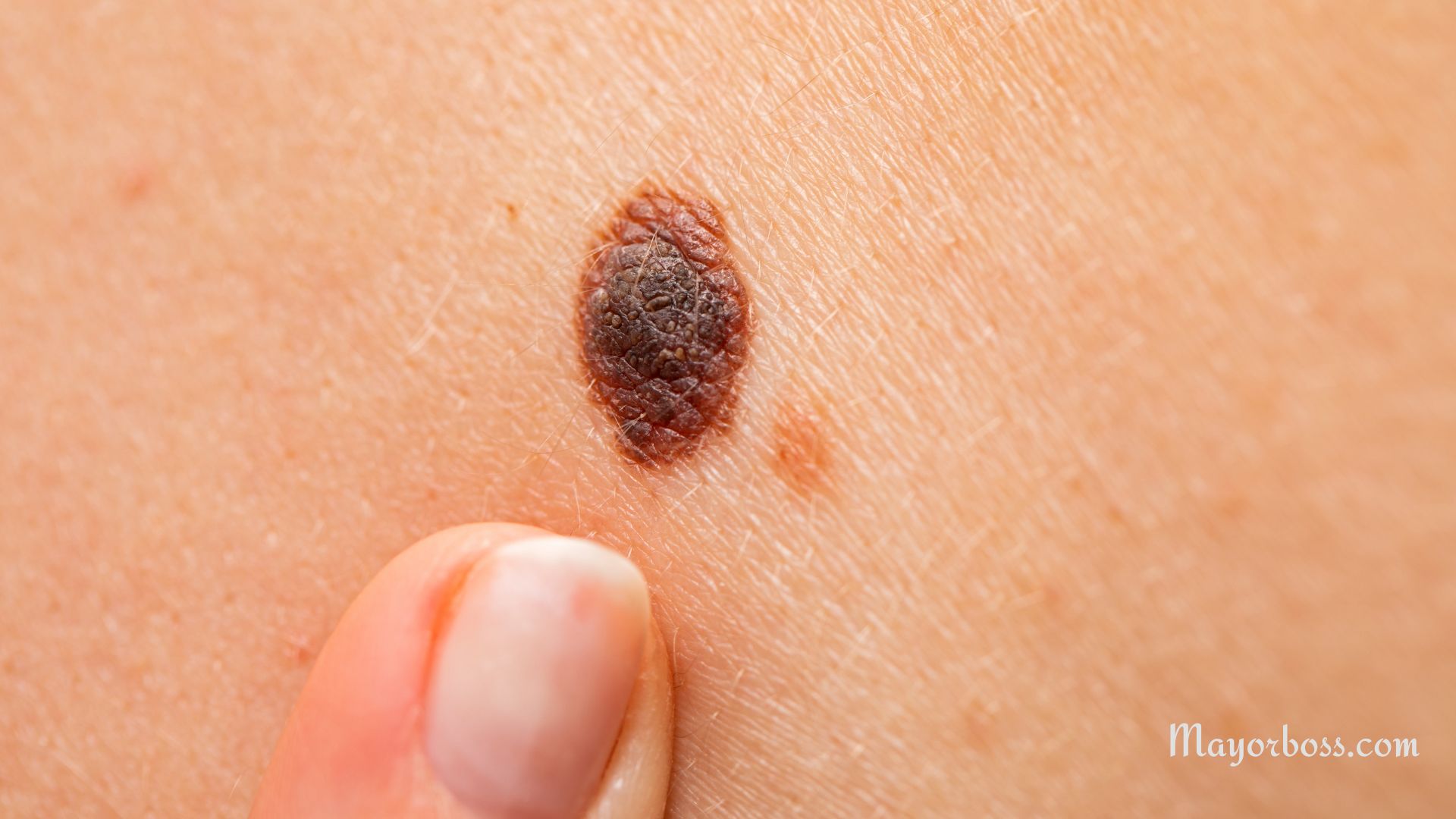Early Alert: Surprising Warning Signs of Melanoma
Melanoma, a less prevalent type of skin cancer, can be a silent but deadly disease. It’s crucial for you to recognize its early warning signs, as early detection significantly increases the chances of successful treatment. This article will highlight some of the less commonly known signs of melanoma beyond the typical mole changes.

What is Melanoma
It’s a cancer that develops in the melanocytes, the cells that give your skin its color. While it’s less common than other types of skin cancer, melanoma is more detrimental because of its ability to spread to other parts of the body.
Surprising Signs of Melanoma
- Changes in Nails: One often-overlooked sign of melanoma is a dark streak under a fingernail or toenail. Rarely, melanoma can also present as a nail that is lifting away from the nail bed.
- Small, Dark, Rapidly Growing Moles: Keep an eye out for new moles, especially if they’re growing quickly. These can appear anywhere on your body.
- Sores That Do Not Heal: Non-healing sores, particularly on the skin exposed to the sun, can be a warning sign of melanoma.
- Dark Lesions in Hidden Areas: Melanoma can manifest in areas not typically exposed to the sun, like the soles of your feet, the palms of your hands, and even the genital area.
- Red, White, or Blue Moles: Moles that contain an unusual mix of colors, such as red, white, or blue, should be checked by a healthcare professional.
- Vision Changes: Melanoma can affect the eyes, leading to changes in vision, dark spots in the iris, or blurred vision.
Preventing and Detecting Melanoma
- Regular Skin Checks: Conduct monthly self-examinations of your skin, including areas that don’t see much sunlight.
- Use Sun Protection: Always use sunscreen, wear protective clothing, and avoid excessive sun exposure, especially between 10 a.m. and 4 p.m.
- Visit a Dermatologist Regularly: If you have a higher risk of skin cancer, regular check-ups with a dermatologist are essential.
Frequently Asked Questions
Is melanoma only caused by sun exposure?
While UV radiation from the sun is a significant risk factor, melanoma can also occur in areas not typically exposed to sunlight. Genetics and immune system factors also play a role.
Can melanoma be completely cured?
When detected early, melanoma can often be cured with surgery. However, more advanced melanoma can be challenging to treat and may require additional therapies.
Are all moles potential melanomas?
Not all moles are melanomas. However, you should monitor your moles for changes, as these can be early signs of melanoma.
Recognizing these early warning signs of melanoma can save your life. If you notice any of these symptoms, don’t hesitate to consult a healthcare professional. Early detection and treatment are key to effectively managing this condition. Remember, when it comes to melanoma, being vigilant is more than just skin deep.






